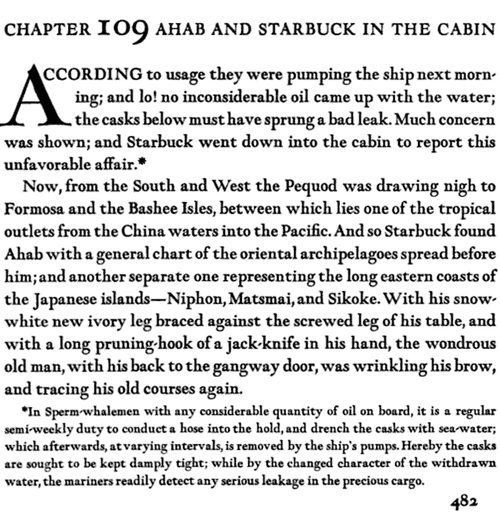A couple of days ago the New York Times ran a small piece, “How Emojis Find Their Way to Phones.” It contains the sort of nonsense about Chinese characters and language that often sets me off.
Fortunately, Victor Mair quickly posted something on this. J. Marshall Unger (Ideogram: Chinese Characters and the Myth of Disembodied Meaning, The Fifth Generation Fallacy, and Literacy and Script Reform in Occupation Japan) and S. Robert Ramsey (The Languages of China) quickly followed. But since those are in the comments to a Language Log post and thus may not be seen as much as they should be, I thought I’d link to them here.
The Language Log post itself is on Emoji Dick, which is billed as a translation of Moby Dick into emoji. As long as I’m writing, I might as well offer up a sample for you. See if you can determine the original English.
![]()
Did you try “Call me Ishmael”? Sorry. That’s not it. But if you guessed that I would choose the passage from Moby Dick that mentions Taiwan, give yourself bonus points.
Here’s what the above emoji supposedly translate:
Hereby the casks are sought to be kept damply tight; while by the changed character of the withdrawn water, the mariners readily detect any serious leakage in the precious cargo.
Now, from the South and West the Pequod was drawing nigh to Formosa and the Bashee Isles, between which lies one of the tropical outlets from the China waters into the Pacific.
Ah, of course. It’s all so clear now.
The next time you hear someone use “pictorial language,” “ideographs,” or the like in all seriousness, perhaps ask them for their own English translation of the above string of images.
Actually, Emoji Dick screwed this up some, as part belongs to the main text and part to a footnote.

